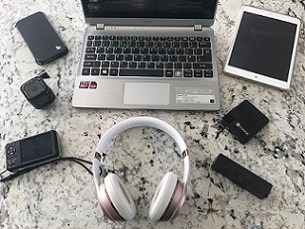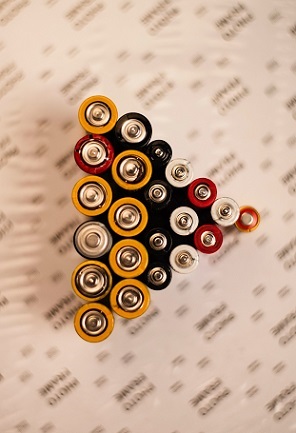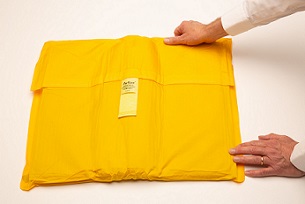 All these everyday items are powered by lithium-ion batteries
All these everyday items are powered by lithium-ion batteries
 Lithium-ion batteries power all our personal electronic devices but they come with a risk
Lithium-ion batteries power all our personal electronic devices but they come with a risk
 AvSax are the world's best-selling lithium-ion battery fire containment bag for aircraft
AvSax are the world's best-selling lithium-ion battery fire containment bag for aircraft
Everyone uses lithium-ion batteries every day in electronic devices ranging from mobile phones and laptops to toys and vapes.
This is because the power they generate compared to their size and weight is phenomenal.
But what many people don’t realise is that lithium batteries can and do sometimes catch fire leading to catastrophic damage to homes and businesses.
A Consumer Product Safety Commission report in the USA revealed that more than 25,000 overheating or fire incidents involving more than 400 types of lithium battery-powered consumer products happened over a five-year period. That’s just those that are known about … the actual toll will be far higher.
When lithium-ion batteries catch fire they go into a process called thermal runaway which is also known as 'venting with flame'.
This happens when one cell in a battery overheats it can produce enough heat – up to 900°C (1652°F) – to cause adjacent cells to overheat. This can cause a lithium battery fire to flare repeatedly and they are very difficult to put out due to their intensely high temperatures. The last place you want this to happen is in the confined space of a passenger cabin on a plane at 35,000ft which is why many airlines now carry lithium battery fire containment bags called AvSax (http://avsax.com/) and this technology is being harnessed to deal with lithium battery fires in other industries such as inside recycling centres.
So here the main reasons lithium-ion batteries can catch fire and what you can do to prevent it from happing to your personal electronic device (PED).
The problem with lithium battery fires catching fire on aircraft is growing which is why all passengers must take all their electronic devices and spare batteries into the cabin with them so if they overheat the crew can react quickly to douse the flames and then ideally put them in a specially designed battery fire containment bag.
AvSax are the world’s best-selling fire containment bag for PEDs on aircraft and are now on more than 15,373 aircraft operated by 80 airline companies.
They have been used 33 times to deal with emergencies since the start of 2017 and every time they have been deployed the aircraft has been able to complete its journey safely with no need to divert or make an emergency landing.
Many air ambulance helicopters in the UK now carry AvSax. More than 20 helicopters operated by specialist aerial emergency medical services company Babcock were equipped with AvSax following a detailed look into the possible risks posed by lithium-ion batteries on aircraft.
AvSax won the prestigious Queen’s Award for Enterprise in the UK in 2018.